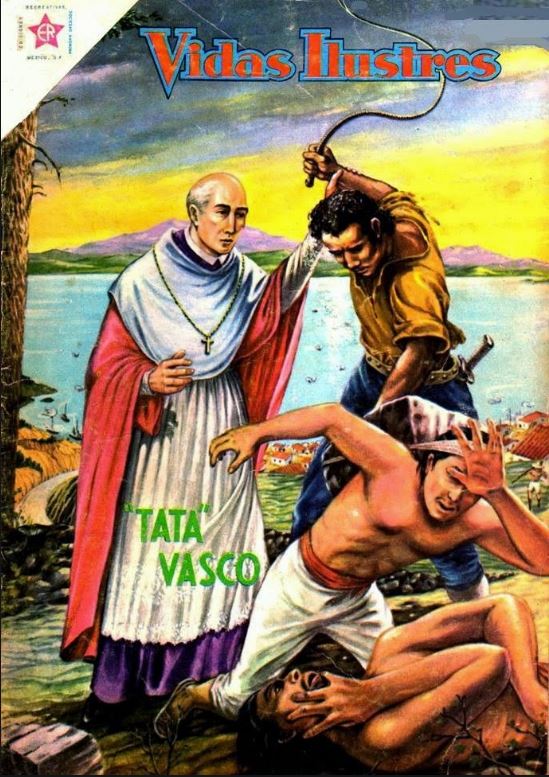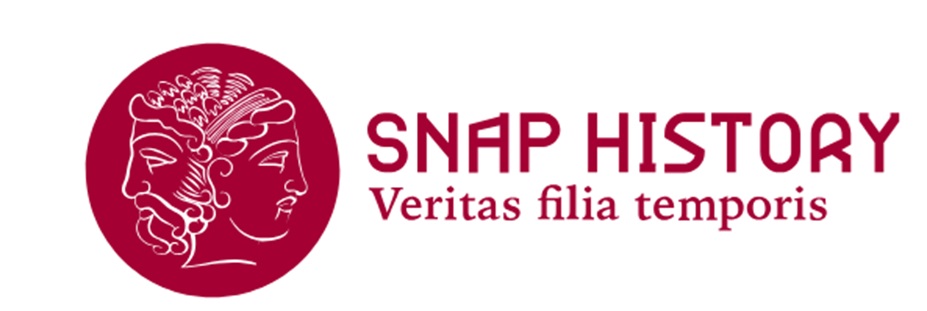A Christian and collectivist utopia in the New World
The "pueblos hospitales" of Santa Fé created by Vasco de Quiroga

Illustration from 2019 depicting Bishop Vasco de Quiroga defending an indigenous man from Michoacan from the lashes of a Spanish colonist. "Tata Vasco" (Tata is a Spanish term affectionately used to indicate father) is the nickname by which De Quiroga is remembered by indigenous communities. Image from commons.wikimedia
Arriving in Mexico in 1531 as a judge tasked with addressing crimes committed by Spanish colonizers against indigenous people, Vasco de Quiroga quickly stood out for his defense of indigenous rights and freedoms. Inspired by Thomas More’s "Utopia" and the model of the early Christian church, he sought to create a new society and church in the New World, seeing in the indigenous people the moral qualities essential for such a vision. With his influence, he obtained land from the Crown: in 1531, he founded the first village near Mexico City, and in 1533, a second in the Michoacán region, where he was appointed bishop in 1536. Known as pueblos hospitales, both villages were named "Santa Fé" and were populated primarily by the indigenous Purépecha. Each village comprised about 10-12 families, each assigned a plot of land to cultivate. However, land ownership was communal, with the proceeds shared equally among families, while surplus was stored and distributed among the poor and those unable to work.
Families alternated between agricultural tasks, which included livestock breeding, and artisanal work. Children received religious education alongside work training through playful activities. To discourage envy and vanity, all indigenous inhabitants were required to wear the same white garment made of wool or cotton, symbolizing the purity of the converted. Only on festival days was a different, more ornate outfit permitted. Internal community roles, including principales and corregidores, were elected by heads of families and had administrative duties. Disputes were generally resolved within the community, often with the mediation of the rector, the religious leader guiding the community, without involving Spanish authorities.
The pueblos hospitales founded by Vasco de Quiroga enjoyed great success among the indigenous people, preserving significant autonomy for centuries and leaving a lasting memory in the collective consciousness of local populations.
Book: Francesca Cantù , La conquista spirituale. Studi sull'evangelizzazione del Nuovo Mondo , Viella, 2007
Article: Antonio Colajanni , Gli esperimenti di utopie concrete con gli indigeni dell'America del XVI secolo: Vasco de Quiroga e Bartolomé de Las Casas , “Dada rivista di Antropologia post-globale”, Special n. 1, 2012
2025-08-09
Salvatore Ciccarello
